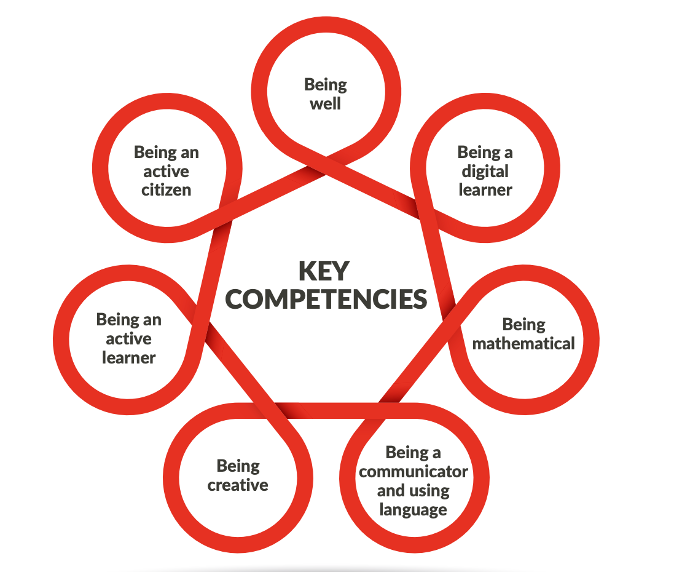The Primary Curriculum Framework published by the NCCA (2023), which sets out ‘seven inextricably linked key competencies that are relevant from stages 1 to 4 (Junior Infants to Sixth Class)’ (p.8).
This blog aims to outline how iPad can support you in embedding these competencies into everyday practice. With its built-in apps and accessibility tools, iPad provides a single, flexible space where pupils can research, create, collaborate and reflect – helping schools to bring the vision of the framework to life. As the NCCA (2023) explains, these competencies 'require ongoing attention and are embedded across all curriculum areas and subjects’ (p.9). The vision is to empower children to apply their learning in real-world contexts – in school, at home, and in their wider communities.
Why iPad maps so well to the Primary Curriculum Framework
- One space for integrated learning – iPad unifies text, image, audio, video and voice, supporting flexible, cross-curricular learning.
- Assessment that is part of learning – tools like Screen Recording, Markup, Freeform boards, and the Camera capture process - provides feedback and progress naturally.
- Inclusion by design – accessibility features ensure every child can access, create and share, reflecting the framework’s commitment to inclusive, high-quality learning.
Competency in Action
Here are two sample lessons that show how iPad can bring competencies to life in your classroom:
Competency One: Being an active learner (English – Debate)
This competency helps children develop an awareness of themselves as learners. It involves ‘children finding out about and making sense of people, things, and places around them and in the wider world’ (NCCA 2023, p.11).
- Apps: Freeform + Safari + Pages
- In small groups or pairs, pupils research the topic ‘Our schools should be paperless’ in Safari, evaluating reliable sources.
- In small groups or pairs, the pupils brainstorm arguments in Freeform, connecting ideas visually.
- In Pages, the pupils draft debate speeches using teacher-modelled structures (claim, reason, example).
- Assessment: Pupils showcase learning in a class debate, supported by peer feedback.
Competency Two: Being well (PE – Running)
This competency develops ‘children’s understanding and appreciation of wellbeing and their ability to be as healthy as they can be – physically, socially, emotionally, and spiritually’ (NCCA 2023, p.11). It helps children become healthy through physical activity, food, self-care, and interaction with nature.
- Apps: Camera + Mark Up + Pages
- Pupils film each other running in slow motion, then use Mark Up to highlight posture, arm drive and leg placement.
- Reflections are written in Pages, setting personal goals such as ‘One thing I did well’ and ‘One thing I want to improve’.
- Assessment: Pupils compare before-and-after clips; teacher uses the Move Well, Move Often Fundamental Movement Skills checklist to track progress.
The Primary Curriculum Framework (2023) states that the key competencies ‘play a central part in children’s learning’ (p.9). When you design purposeful, child-centred tasks on iPad, these competencies move from theory to practice – visible in the artefacts children create the choices they justify, and the confidence with which they contribute to class, school and community. This blog offers just a snapshot of what’s possible. For detailed lesson plans for all seven competencies – with step-by-step examples check out the full guide below.

